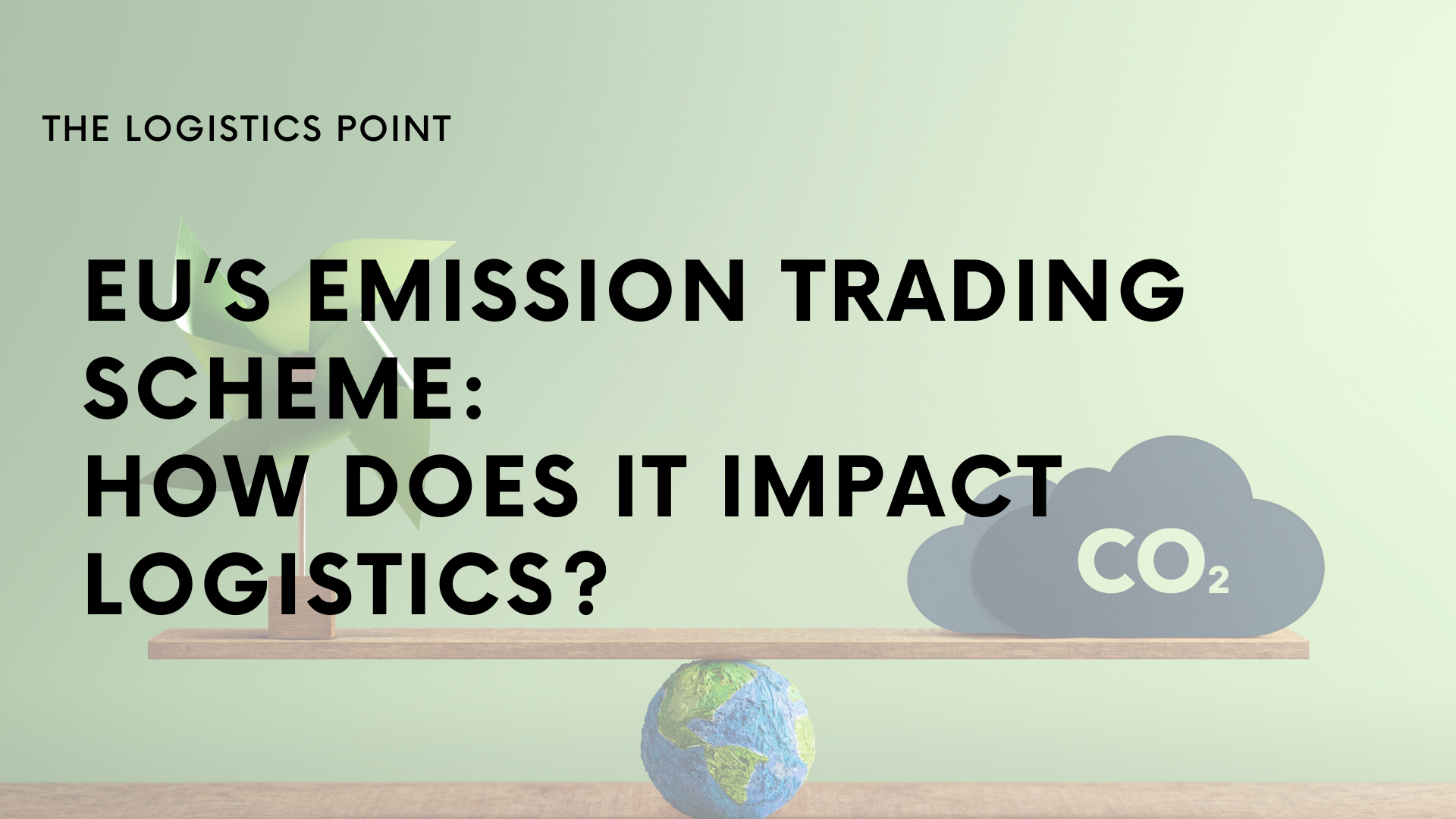The European Emissions Trading System (ETS) is a measure to incentivise emission reduction based on market principles and allowances which have a significant commercial impact. Since its introduction in 2005, the EU’s emissions have decreased by 41%. However, there were several exceptions to the ETS (for certain industries), which has ultimately led to the ETS 2. Serge Schamschula, Head of Ecosystem at Transporeon, A Trimble Company takes a deeper look. More from our February edition here!
Depending on the latest energy price development, the ETS 2 emission trading system will become operational for sectors not initially covered by the ETS, including road transport, as early as 2027. And, a cap of €45/ton CO2e has been agreed up until 2030, replacing the market mechanism of ETS.
This means that experts expect ETS 2 prices to become much more significant, in excess of €100 and up to €300/ton as per mid 2030’s. Intermediaries, such as companies selling fuel and heating (not shippers or carriers), will also be required to comply and will be charged at the point of energy supply, meaning that additional costs will already be factored into the LSP’s (logistics service providers) freight rates.
Adding to this, the industry, LSPs (Logistics Service Providers), and carriers (those who own the vehicles) will follow distinct paths, converging only at the conclusion of the journey.
What is next?
Starting with the carriers, the immediate impact will simply be that energy costs will rise.
However, the level of cost increase is still within the average range for fuel, which can vary over time. To which extent this will result in further actions on the part of the carrier is subject to question. Fuel consumption reducing measures are already available today but not widely used: only 17% of carriers and LSPs responding to a survey from November 2023 monitor fuel consumption. If we take an analogy from recent, comparable events, we may assume that such costs are going to be passed on, but the share of empty miles (20% of average) will be subject to negotiations.
Shippers and LSPs (with exception of those operating with a significant fleet of their own) will see much of the above costs rising. However, they can use a much wider set of measures to deal with that impact than carriers.
In fact, they can start a modal shift, such as moving shipments from road to intermodal transport and railfreight. They can also start to measure, compare and manage their road carriers, since in reality there are quite significant differences in the carrier´s emission footprint.
Although, to be able to execute this carrier optimisation, shippers and LSP´s need to measure their providers emissions based on so-called primary data (instead of industry default averages), which may take a few years. State-of-the-art load and routing optimisation is a third measure shippers can set to balance the impact coming from ETS 2. This is where transportation management solutions come into play.
Add in the drastic costs increasing as the industry approaches 2030, LSPs and shippers should prepare themselves now without further delay in order to comply with changing trading schemes. Strategic network design and procurement roadmaps require such granular data to avoid making wrong decisions, and any investment now in obtaining primary data will pay off in 6 years from now. ✷


